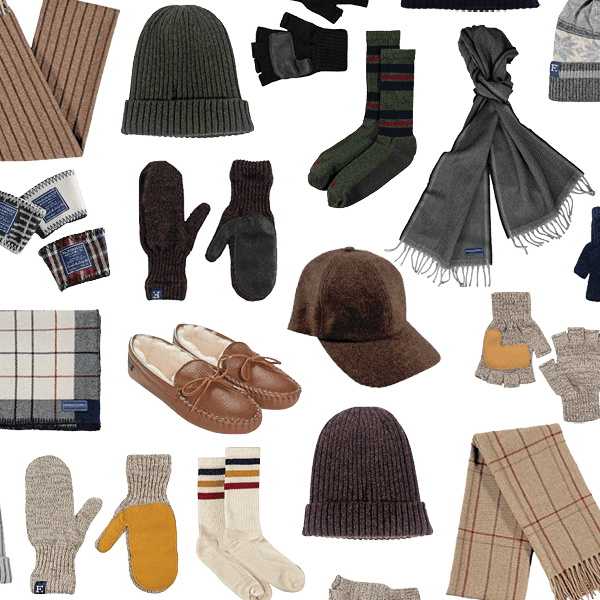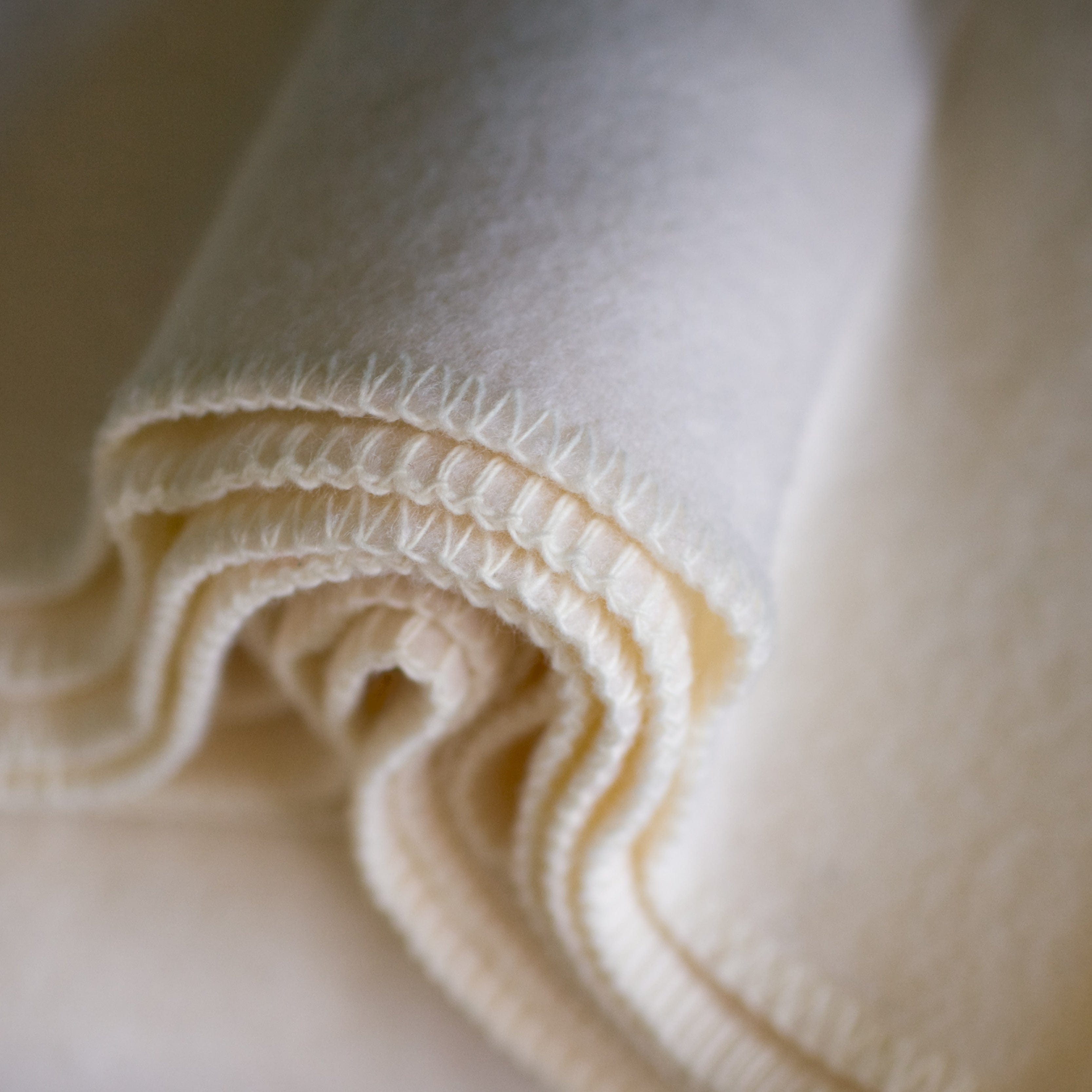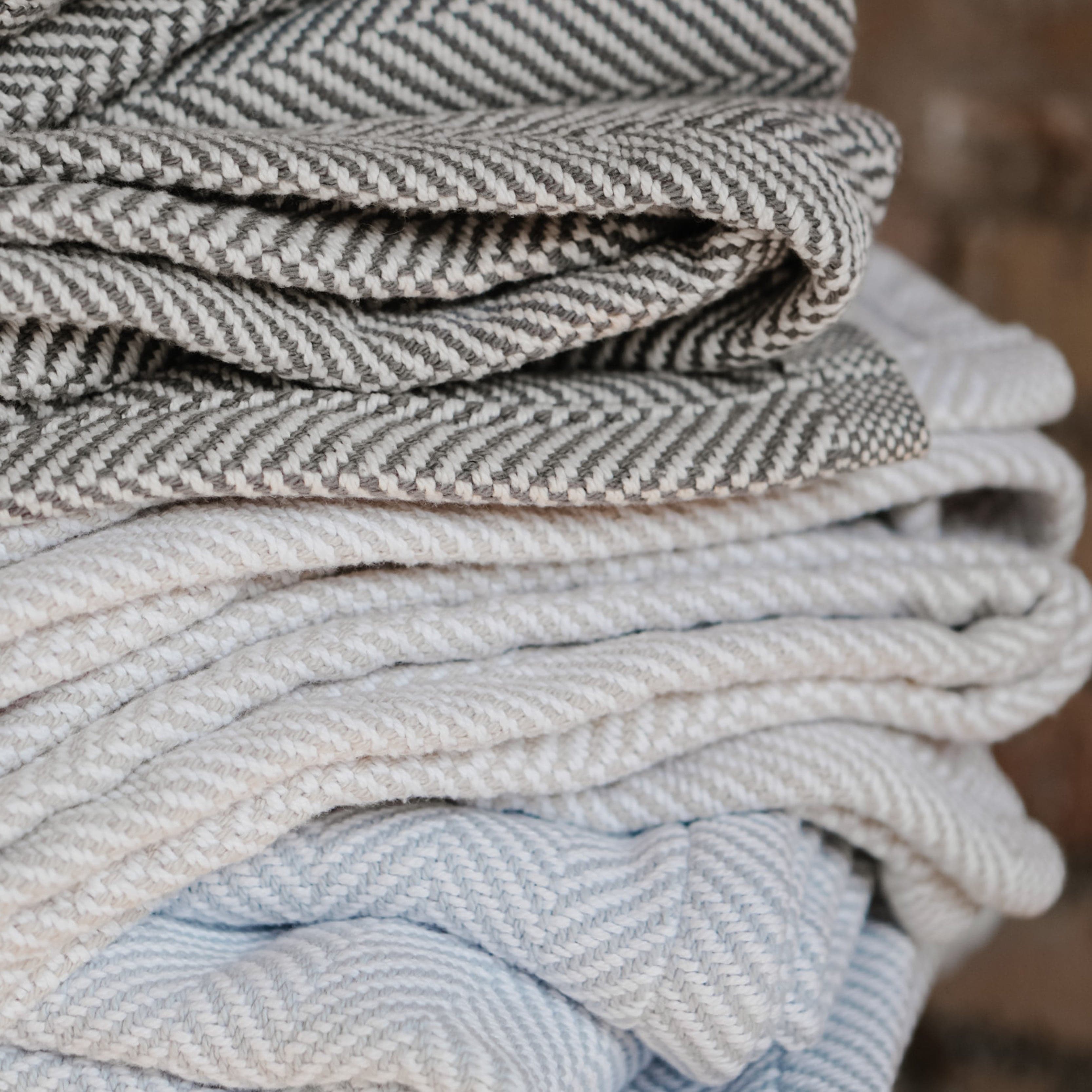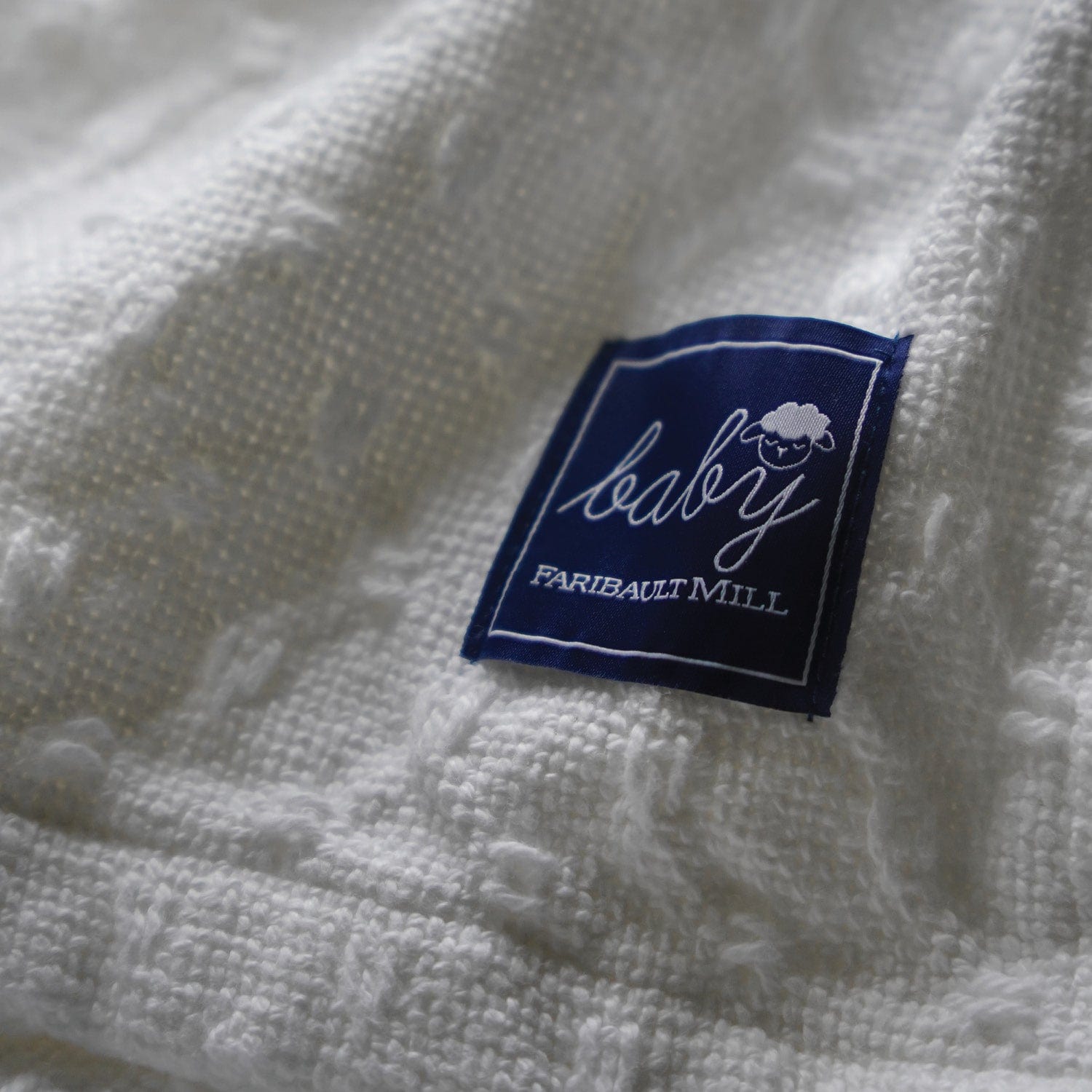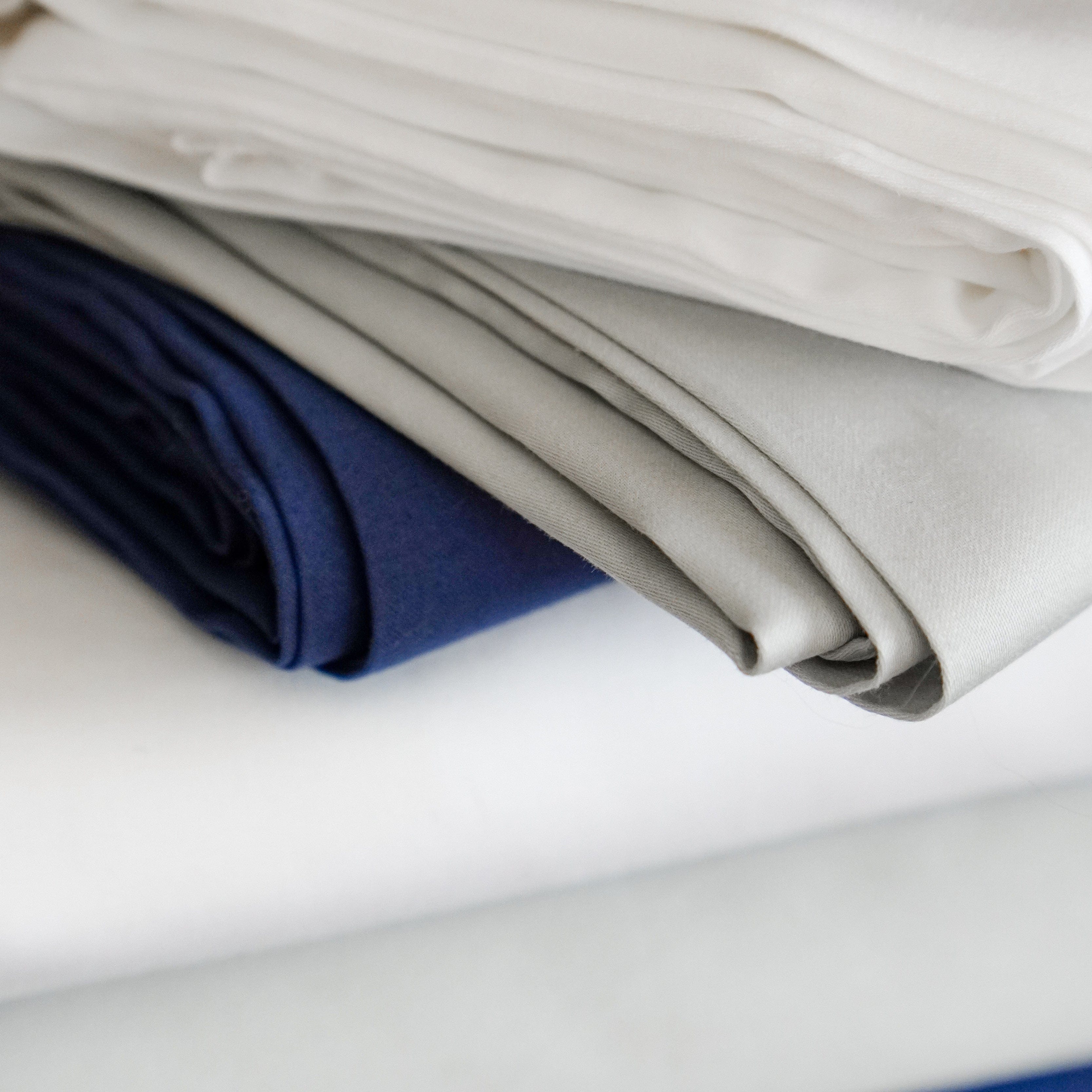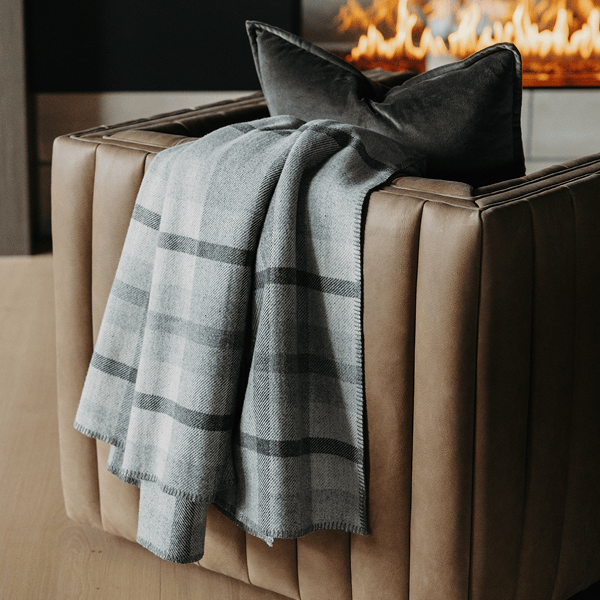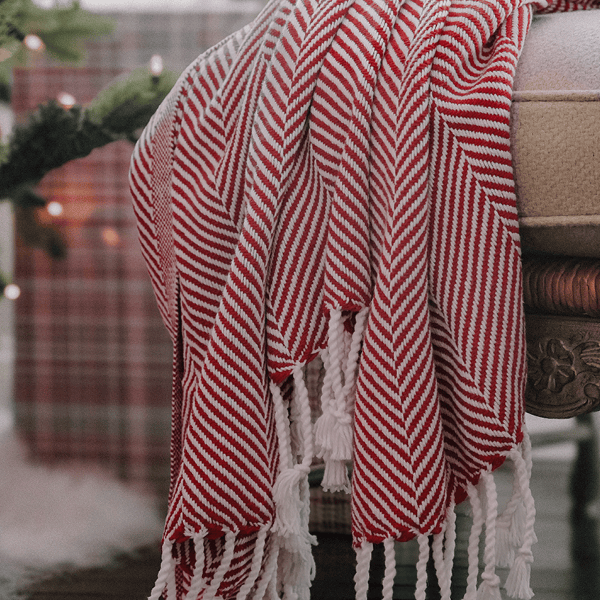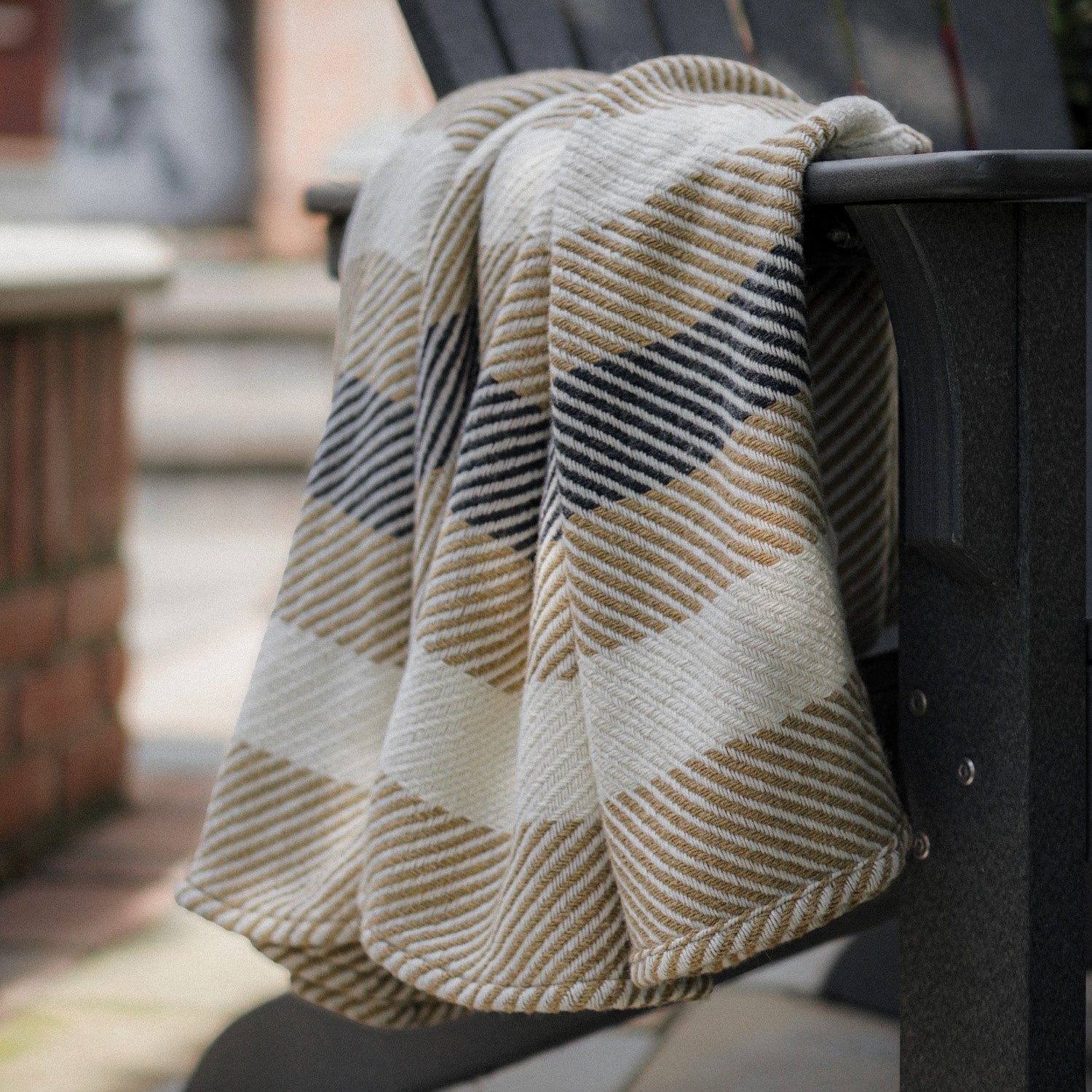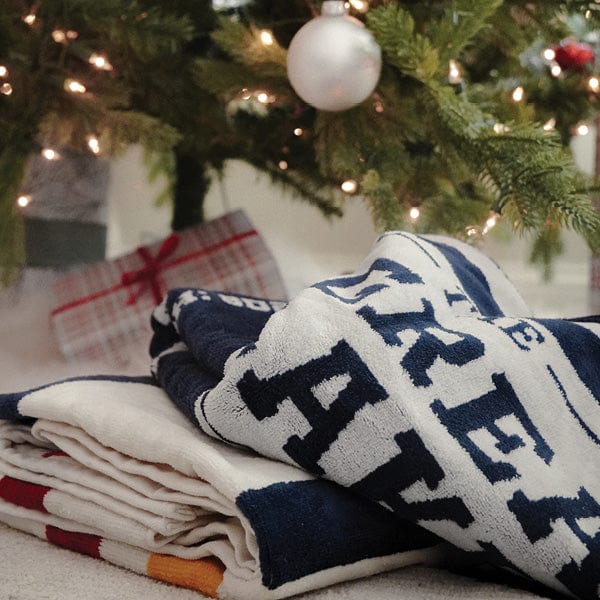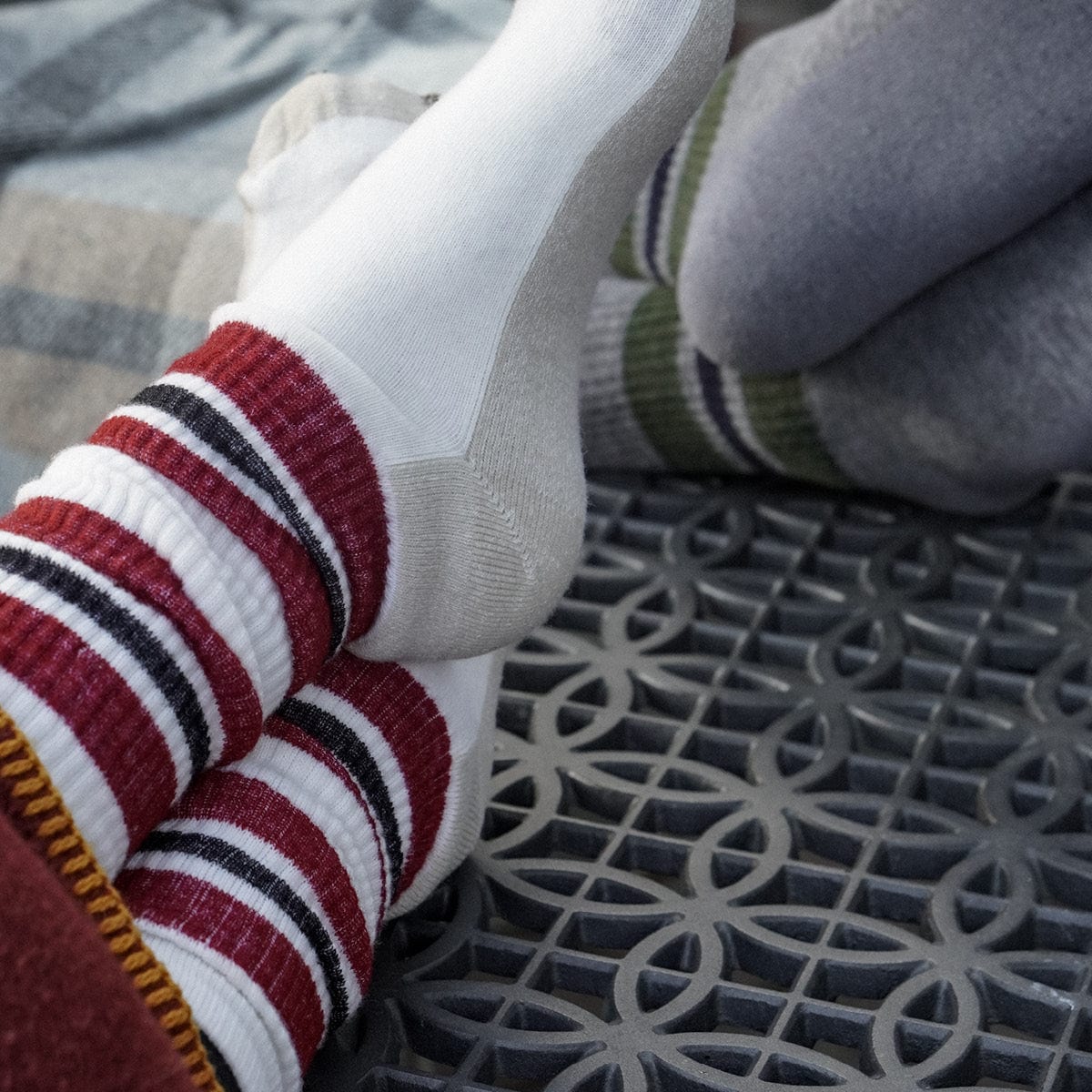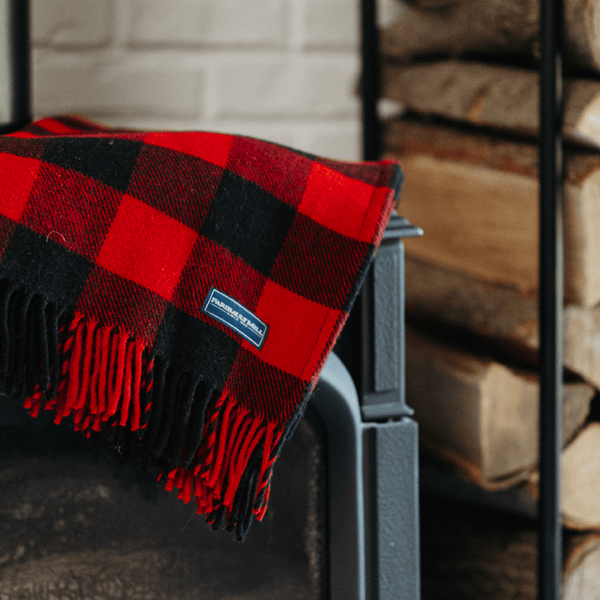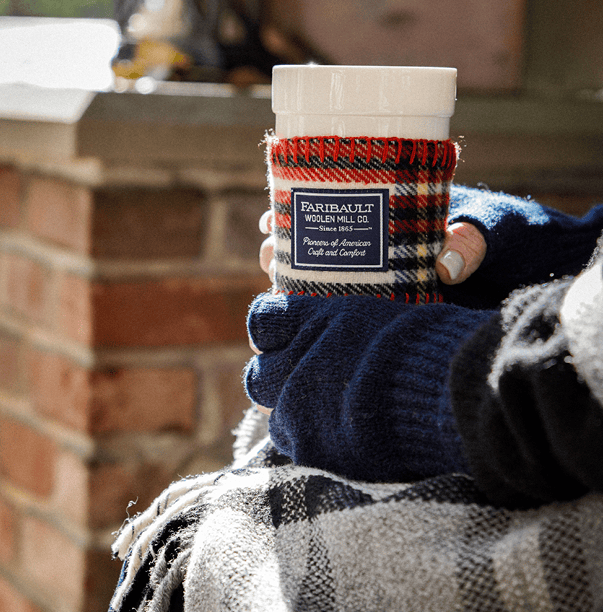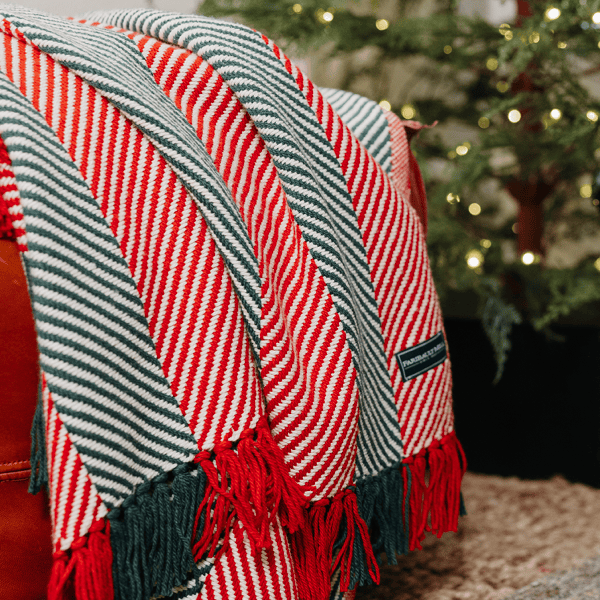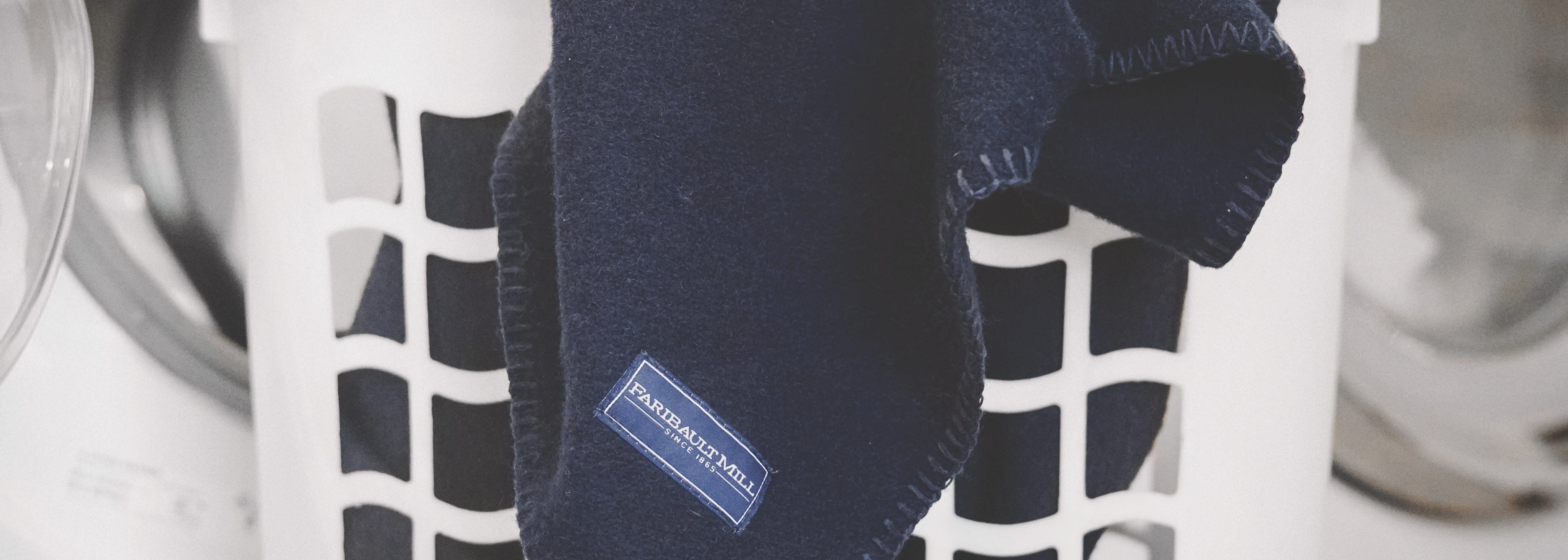Washable Wool
The best care for wool is simple care. Whenever possible, spot treat your items by blotting with a clean, damp cloth and cold water. For stubborn spots, use a mild, wool-approved detergent. When more thorough care is needed, follow the instructions below for any of our machine-washable products.
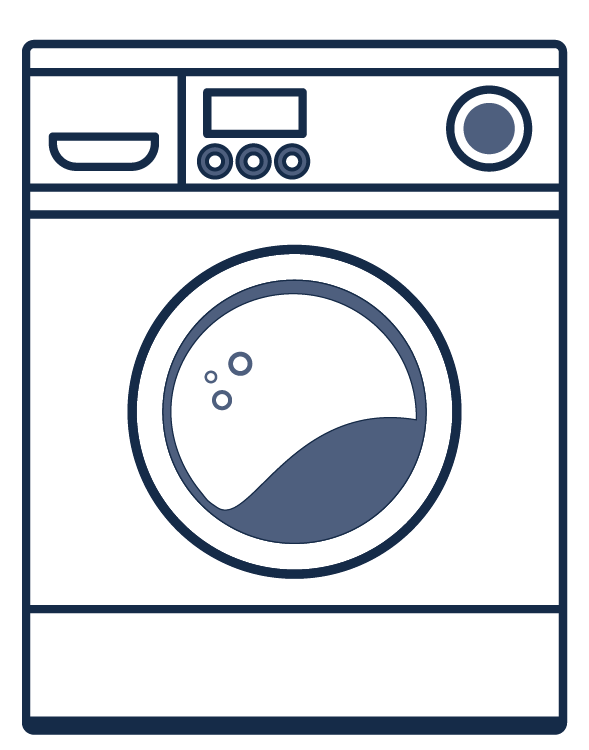
Machine Washable

Gentle & Cold Settings
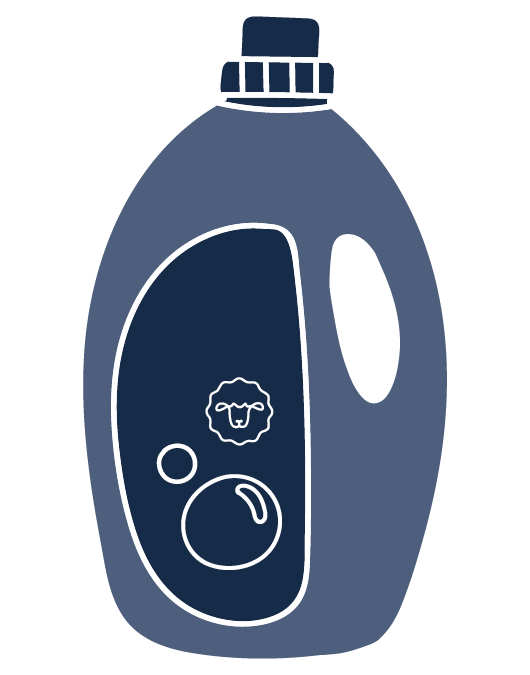
Gentle Detergent
Wool-Friendly
Separate from any other items
Machine Settings: Gentle Cycle + Cold Water.
Tip: Side load washing machines are the gentlest.
Cleaning Agents: Ensure any products used are either designed for wool specifically, or approved to be used on wool.
Lay flat, gently pulling it into its original shape
or
Line dry by hanging the item, rotating it periodically to ensure the weight is distributed evenly as it dries
Bleach
Ironing
Heat/Sunlight while drying
Fabric softener our contact page! We will be happy to assist you.
Cotton
As with our wool products, we recommend simple spot treating whenever possible. However, all of our cotton items are machine washable and dryer-safe. For best results, follow the steps below and keep the item separate during both the wash and dry cycles to ensure optimal movement and thorough cleaning.

Machine Washable
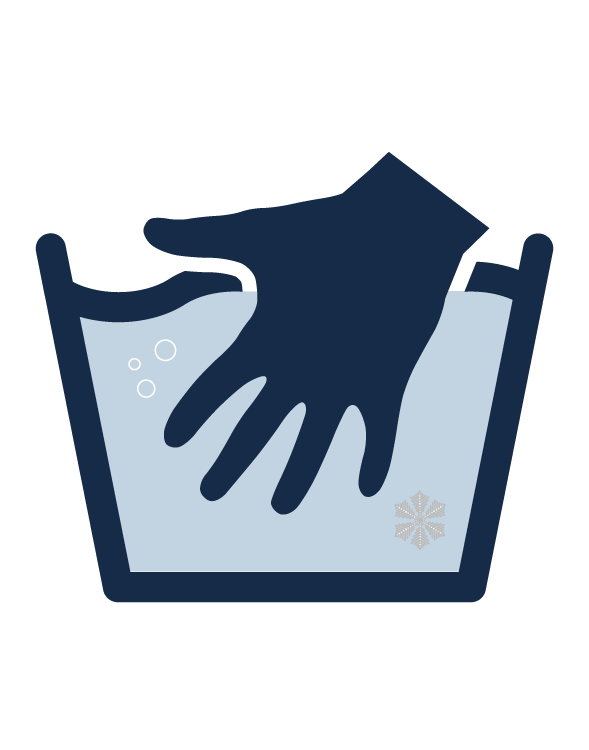
Hand Wash Cold
Gentle Detergents
Gentle Cycle
Cold Water
Separate from all items
Cleaning Agents:
Pre-diluted, gentle detergent without any bleach or brighteners
Tumble dry on a delicate setting with medium to high heat.
Remove promptly, do not overdry
Bleach
Iron on low, only if necessary
Fabric softener
Dry-Clean Only
When dry cleaning, it’s best to confirm that your service provider is experienced with wool products. If you choose to hand wash your items, please follow our guide below. Note: Hand washing does not refer to the Gentle or Hand Wash cycle on a washing machine, as the agitation can cause wool fibers to interlock and shrink.

Dry Clean

Hand Wash Cold
Gentle Detergent
Combine cool water with a gentle detergent and fully submerge the item. Soak for at least 30 minutes
Rinse thoroughly until the water runs clear and no soap remains
Before drying, press as much water out as possible, do not wring!
Lay flat, gently pulling it into its original shape
or
Line dry by hanging the item, rotating it periodically to ensure the weight is distributed evenly as it dries
Bleach
Iron on low, only if necessary
Dry cleaning any item too often can shorten it’s lifespan
If wrong temperatures, products, or handling of items are used, significant shrinkage or a change in texture could occur
North Star
The best care for wool is simple care. Whenever possible, spot treat your products—blot with a clean, damp cloth using cold water. For stubborn spots, use a mild, wool-approved detergent. When more care is required, follow the steps below with any of our machine-washable products.

Machine Washable

Hand Wash Cold
Gentle Detergent
Gentle Cycle
Cold Water
Separate from all items
Best: Air dry by line drying or laying the item flat
or
Tumble dry on a delicate setting with low to medium heat
Remove promptly, do not overdry
Dryer balls can help add fluff
Bleach
Ironing
Heat/Sunlight while drying
Fabric softener
Simple Solutions
Not every mess is major. Alongside the big cleanups, everyday use can bring on little snags, pills, wrinkles, or maybe you just want to know how to store your favorite blanket for the season. Below, we’ve gathered simple solutions for those smaller moments—quick fixes to help keep your Faribault Mill pieces looking their best for years to come.

Wrinkles
If a blanket, throw, or scarf wrinkles you can simply hang it for a day and wrinkles will smooth out, usually within 24 hours. For deeper creases, woolens can also be steamed using a garment steamer or hung in a high-humidity environment like a steamy bathroom--allow time to dry.
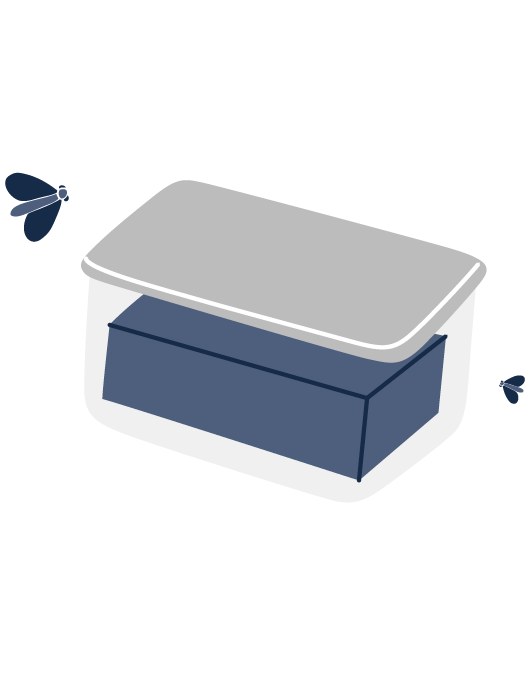
Moth Prevention
If you will not be using your woolens for an extended period of time, it’s best to brush them clean – or, if soiled, clean them following the instructions above, and store them in airtight container in a low temperature, low humidity environment. You might also choose to add moth repellents with natural essential oils, such as Lavendar, Cedarwood, or Rosemary. While stored, routinely inspect the item, paying special attention to corners, folds, or other crevices ensuring no moth eggs are present.
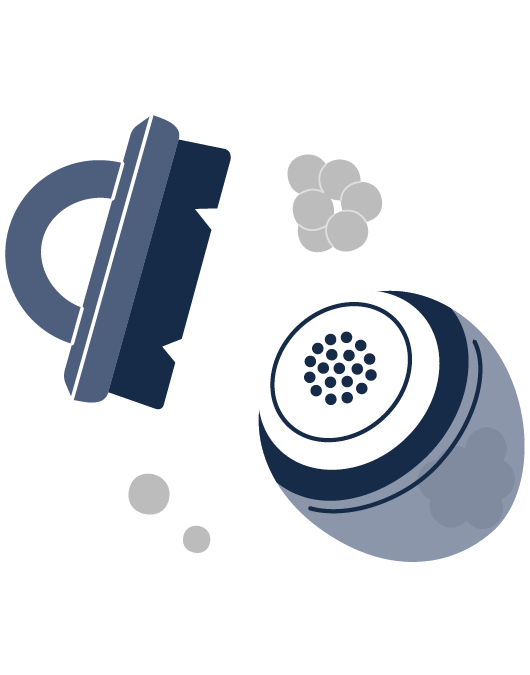
Pilling
Pilling is a natural occurrence with wool and it is impossible to guarentee it won’t occur (among all fibers, not just wool). Pills are caused by fibers becoming intertwined on the surface as a result of wear or abrasion, even with gentle use. The finer the wool, the more susceptible it is to pilling. The most effective way to remove pills is by using a lint brush or nylon-bristled garment brush and going along the length of the item in the same direction. Additionally, the use of fabric softeners that were not designed for wool can improve the likelihood of pilling.


